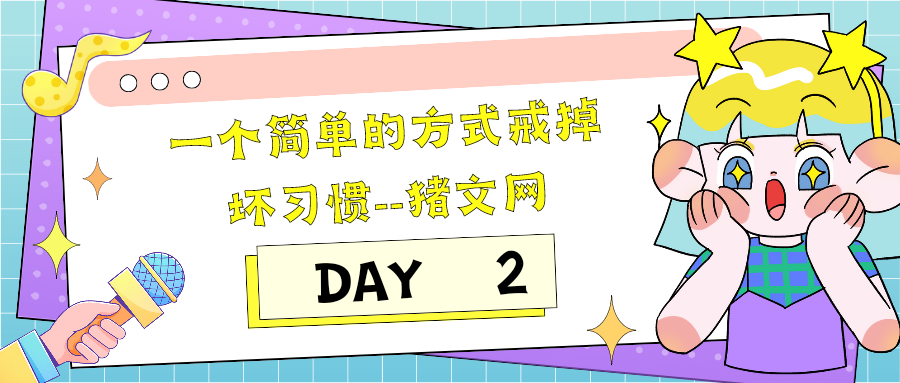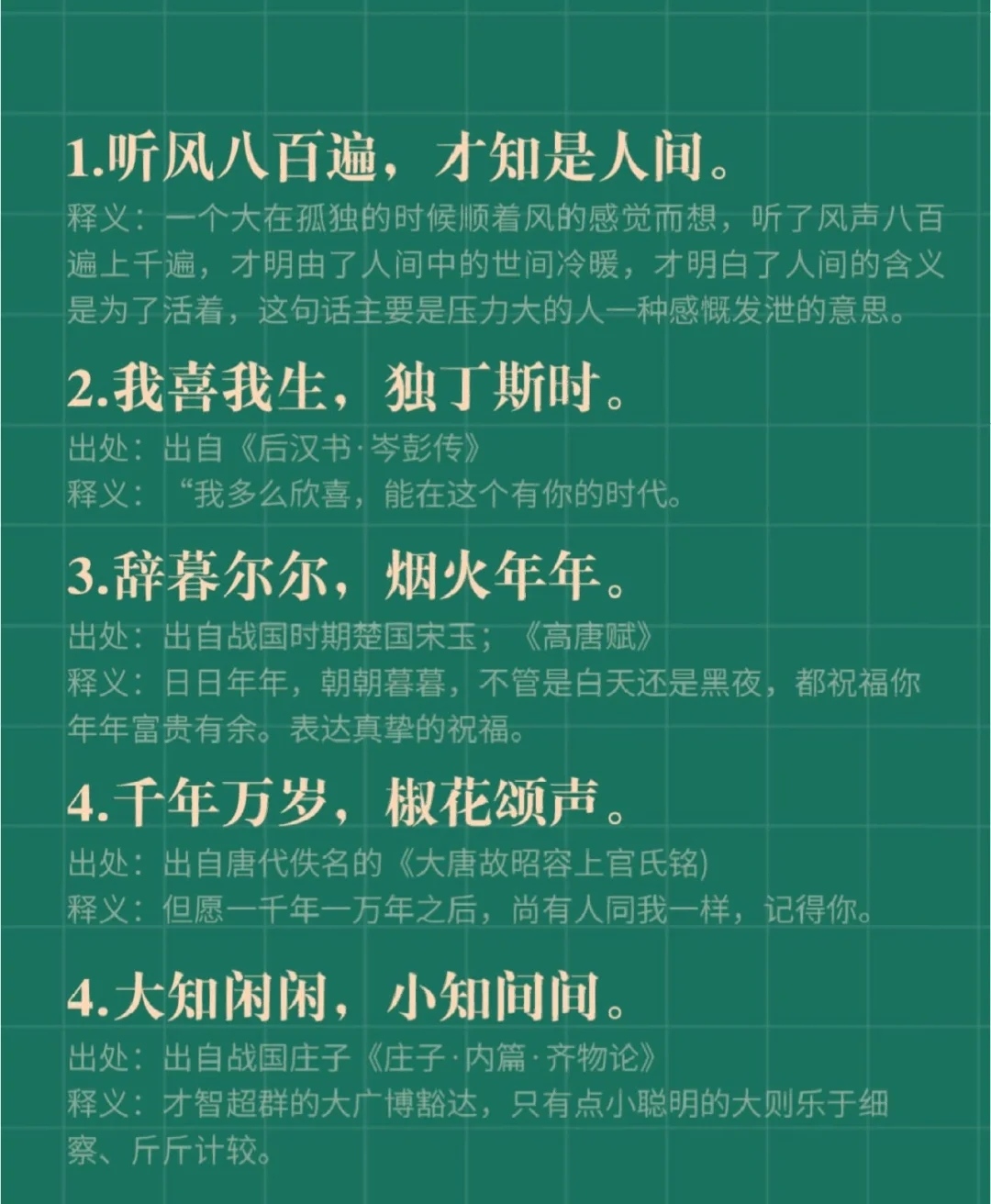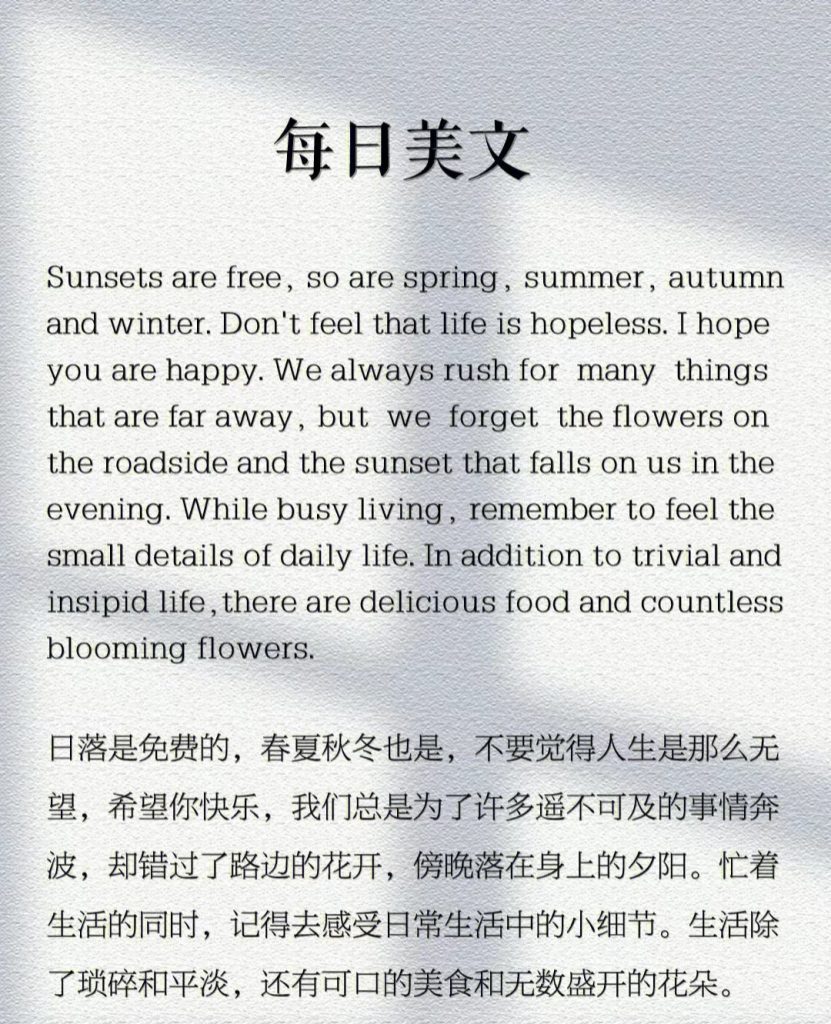This reward-based learning process is called positive and negative reinforcement, and basically goes like this. We see some food that looks good, our brain says, “Calories!…Survival!” We eat the food, we taste it — it tastes good.
这类奖励为本的学习过程,称之为正强化和负强化,基本上是这样运行的。我们看到了看起来好吃的食物,我们的大脑会说:「卡路里!..生存!]然后我们把食物吃下去,我们尝了味道,尝起来不错。
And especially sugar, our bodies send a signal to our brain that says, “Remember what you’re eating and where you found it.”We lay down this context-dependent memory and learn to repeat the process next time. See food, eat food, feel good,repeat. Trigger, behavior, reward.
尤其是有加糖的,我们的身体就会向大脑发出信息说,「要记住你吃的是什么和在哪里找到的。」我们种下了这「情境关连」的记忆,且学懂了下次再重复这个过程。看到食物、吃下食物、感觉很好。重复。触发、行为、奖励。
Simple, right? Well, after a while, our creative brains say, “You know what? You can use this for more than just remembering where food is. You know, next time you feel bad, why don’t you try eating something good so you’ll feel better?” We thank our brains for the great idea, try this and quickly learn that if we eat chocolate or ice cream when we’re mad or sad, we feel better.
很简单,对不对?然后过一阵子后,我们富有创意的脑袋就会说:「你知道吗?你不只可以利用这个过程来记住食物在哪里,而且还可以在下一次你感觉糟糕时,尝试吃一些好吃的食物,来让你感觉好一点?」我们要感谢自己的脑袋里有这么好的点子,试着做且学得快,就是当我们生气或是伤心的时候,如果我们吃下巧克力或雪糕,我们的感觉就会好一点。
Same process, just a different trigger.Instead of this hunger signal coming from our stomach, this emotional signal — feeling sad –triggers that urge to eat.
同样的过程,只是用不一样的触发方式来代替原本我们胃里的饥饿信息,这种情感上的信息-感到伤心一触发了想吃的冲动。
© 版权声明
THE END






















暂无评论内容